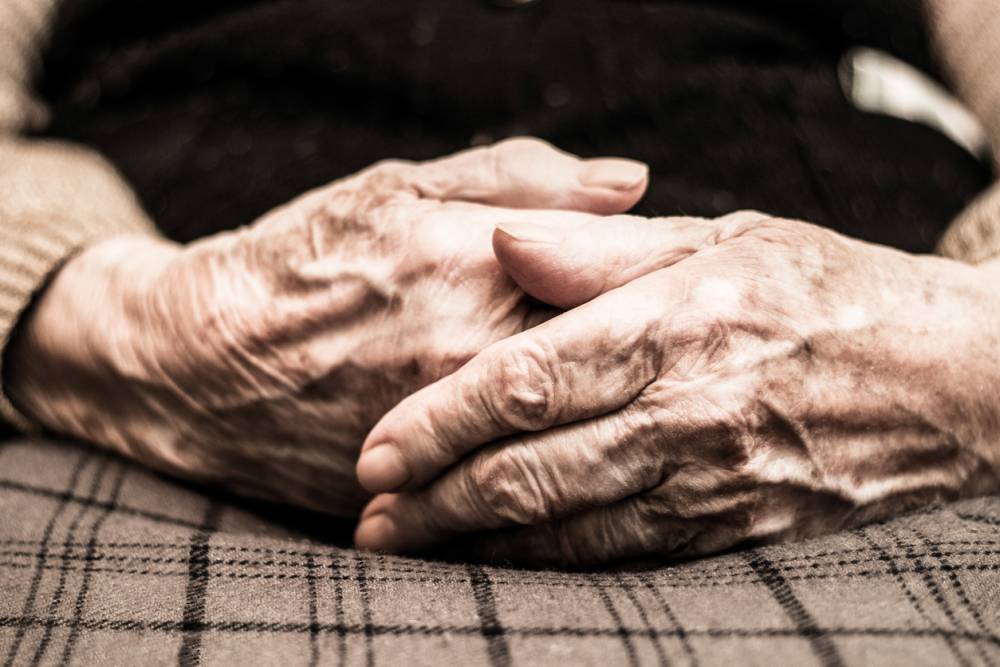
As people age, their skin becomes more and more fragile. Making them more prone to skin tears.
A skin tear is a “tear” or a break in the outer layers of the skin. For some people, this is seen as a ‘peeling back’ of the skin, and in more extreme situations, a partial or total loss of the skin
This can be incredibly painful and result in infections if not taken care of properly. It can even lead to ulcers, prolonged hospital stays and distress for the residents and their families.
Apart from the pain and distress that skin tears cause, they can be expensive to treat. Treatment can be lengthy, requiring daily wound dressing changes and care. In Australia, the estimated cost per patient to treat chronic wounds is $10,000 per year.
Skin has natural collagen, that decreases over time. The skin of older people is typically thinner, as well as becoming drier with reduced sebaceous and sweat gland activity.
Skin tears are common in elderly residents, especially those over 75 years of age and those who are dependent on carers. Dry skin in the elderly can be exacerbated by bathing, the use of alkaline or harsh soaps and certain medications.
Skin tears themselves can be caused by a fall or accidents, even by delicate knocks and bumps. The removal of tapes and adhesives from the skin from bandages can also lead to tears or layers of skin coming off.
If a resident has a skin tear, it’s essential that the nurse in charge is notified – measures need to be taken to ensure that it does not get infected.
As the carer, always make sure you wash your hands before attending to a skin tear. The wound will need to be gently cleaned with normal saline and then pat dry with a clean towel.
If there is “peeling” skin or a skin flap that is still attached, try to replace it by putting the skin back on the wound – do not try to cut off the skin.
It is best to try and avoid using things that will stick to the skin, as it can cause more problems later during removal.
While accidents aren’t always preventable, there are ways to prevent skin tears from happening.
What a person eats and drinks also contributes to their skin quality. Ensure that the elderly person drinks plenty of fluid each day and that they eat a nutritious balanced diet.
It also helps to keep their fingernails and toenails trimmed, in case they scratch or itch themselves.
When possible, apply moisturiser to their skin. Having the elderly person wear long sleeves, long pants or knee-high socks can also protect the skin as exposure increases the chance of tears – however, we careful of doing that during the hot weather as it can be uncomfortable for them.
As a carer, always make sure you use the correct lifting, positioning and transfer techniques. Always be cautious when bathing and dressing an elderly person.
For those who are wheelchair bound, or spend many hours in bed, ensure that there is adequate padding or cushioning on equipment and furniture. Satin or silk covers on pillows can help reduce friction and shear.
Though having delicate skin seems to come with ageing, that does not mean it is normal to experience the pain and distress of skin tears. If someone you know has a skin tear, seek professional help immediately.
Disclaimer: Please be aware the above article is merely information – not advice. If users need medical advice, they should consult a doctor or other healthcare professional.
What do you have to say? Comment, share and like below.
I worked in aged care for 46 years as an EN and have recently retired, I had a fall which resulted in having surgery, on discharge it was recommended that I take. Vitamin C for wound healing. On reading the back of the bottle it stated good for wound healing and skin integrity. I have continued taking Vit C and have noticed I do not get as many “old people’s” bruises. Would love to see a trial in a facility to see the results